10 Domestic Cats With "Wild Blood"
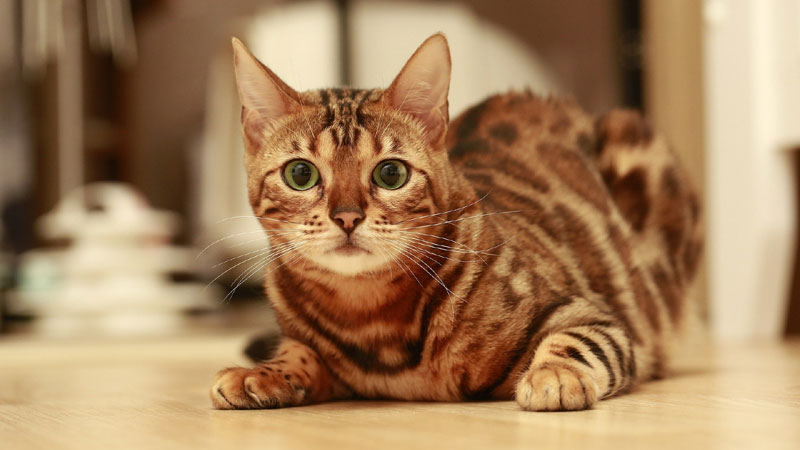
Are you a cat lover? Do all the felines fascinate you? ... and maybe you like exotic places and have dreamed of being able to adopt a little leopard ...
Then seriously consider the idea of adopting a nice hybrid big cat ... and you will have everything you like and desired ...
These are not animals present in nature, but experiments carried out by humans by crossbreeding two specimens of different species. These exotic cat breeds fulfill the desire for an exotic cat without the inherent danger.
All incredibly resembling the "wild" cousins...
Here are 10 cat breeds that look like they could be a wild animal!
- 1. Bengal cat
- 2. Chausie
- 3. Cheetoh
- 4. Desert Lynx
- 5. Highlander cat
- 6. Pixie-bob
- 7. Safari cat
- 8. Savannah cat
- 9. Serengeti cat
- 10. Toyger
10Toyger
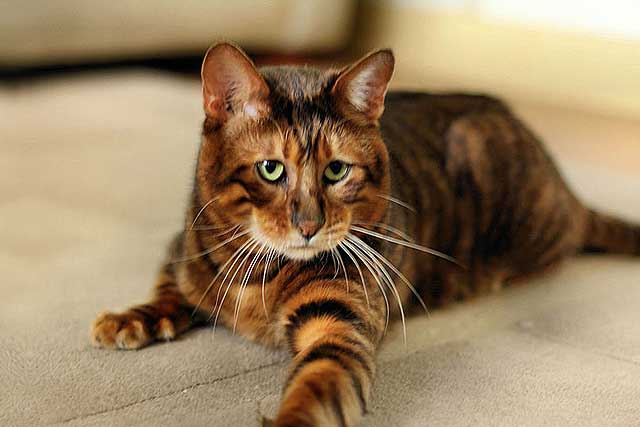
A toy or a tiger? No, just a cat!
Created in the USA to have such a kind of little tiger at home. Very popular in the United Kingdom: It makes English houses more exotic, you can take them for a walk with a leash exactly like a dog, it has a docile character, and it can even swim!
Judy Sudgen, the tiger-loving Californian woman who had the idea and the patience to create this cat breed. Her mother Jean Mill just created the Bengal Cat ... what a cool family!
Toyger comes from the crossbreed of Mackerel Tabby cats with Bengal cats, with the aim of obtaining a long, muscular animal, with defined stripes and small tiger eyes. In 1993 the Toyger cat breed was registered with TIC, The International Cat Association, becoming an "official" cat.
One of the gentlest and most docile cat breeds, decidedly domestic, peaceful, and sweet with anyone, ideal for children. It weighs from 3 to 7 kg(7-15 pounds), has long limbs, a long tail, tapered snout, rather large legs, both small ears, and almond-shaped eyes. The Cat's coat's usually white around the eyes and then slightly longer around the muzzle; the prevailing colors are orange, with black or brown streaks.
9Serengeti cat
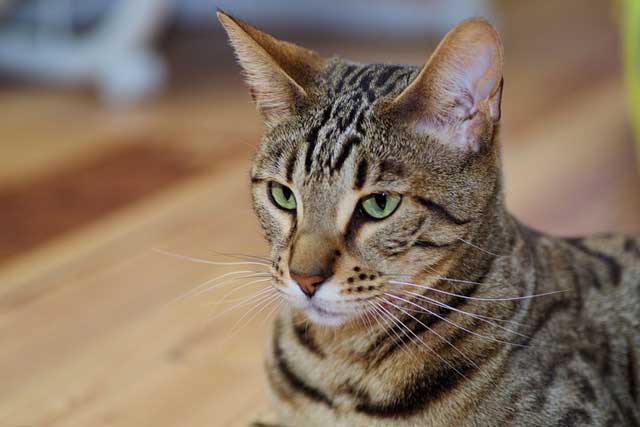
How would it be to have a playful cat but with a leopard's appearance? ... That was the intent of Karen Sausman, the one who created this breed from the Bengal and the Foreign White Cat.
They love and seek human company, sociable even with strangers, communicative, get along perfectly with children and other pets, tireless when they come to play.
The main distinguishing feature is considered to be a high neck that widens towards the shoulders, the cheeks of the animal "hollow", the large and round eyes are yellow, golden, light green, or hazel; it's a medium-sized cat.
The most common coloring is any shade of brown with a white chin, face, and lower abdomen, but also Silver and Smoke colors are very popular.
8Savannah cat
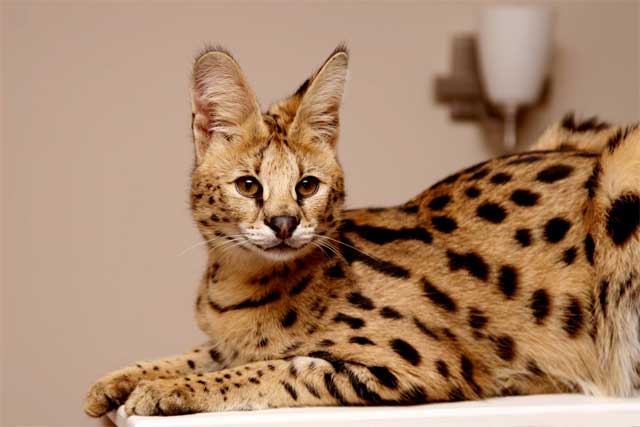
It's a hybrid between a domestic cat and Serval, which is a feline that lives in most of Africa, in the Saharan desert areas.
The Savannah cat looks a lot like the Serval, especially for many of the physical characteristics, such as size, ears, and "air".
The first specimen was obtained by crossbreeding a male serval with a Siamese cat to obtain a female; then several years passed before the official recognition of the breed, which took place in 2001.
The male Savannah cat's sterile until the fifth generation, a characteristic that brings the feline specimen to be in the top ten of the most expensive breeds in the world.
Curious and affectionate, he loves the company of his master and is well-disposed towards guests, he plays by bringing back objects and games, like a dog, and in the same way follows the person he's most fond of, betraying his purely wild origins.
7Safari cat
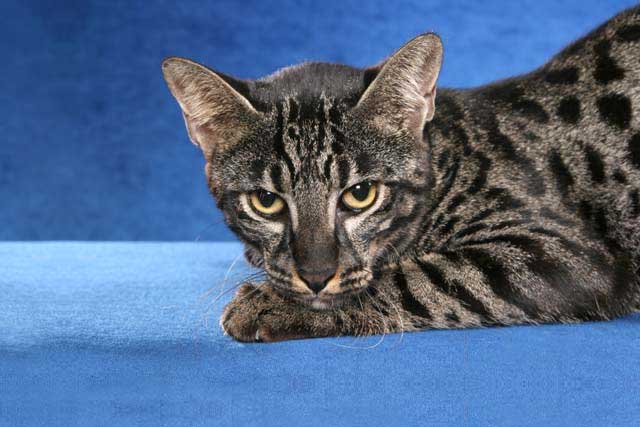
The name "Safari" was adopted to emphasize its exotic nature.
Born in the United States, a mix between a Geoffroy cat and a wild cat. The breed was developed in the 1970s to help with leukemia research conducted by Washington State University.
These crossbreeds were soon abandoned by the university which judged them too complicated, it was then the breeders who developed the breed; due to the infertility of the males, the breed was very difficult to develop. This is why specimens are very rare today.
The Safari cat is a short-haired, spotted cat. The whole body is covered with black dots, like leopards'. They have a "calm temperament" and are "sweet and gentle creatures".
6Pixie-bob
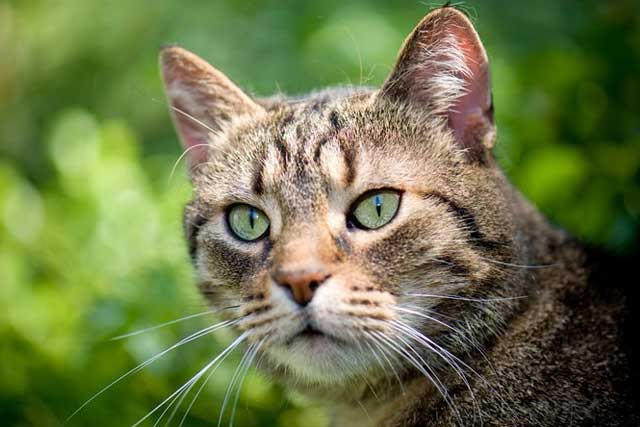
A legend tells that a male of bobcats mated with domestic kittens, giving rise to this new breed.
This cat has a massive build, a typical tuft of fur on the top of the ears, and a very short tail, just over 5 centimeters. Often "polydactyly" some can have more toes than normal, and this feature makes it a unique feline.
The Pixie Bob's cape can be declined in two different variations: The first is short-haired, with a woolly texture; the second has long hair, with a coat length of about 5 cm. The coat color of this breed is spotted tabby brown.
It's s sociable and playful; very clever, he can easily be trained and led on a leash.
5Highlander cat
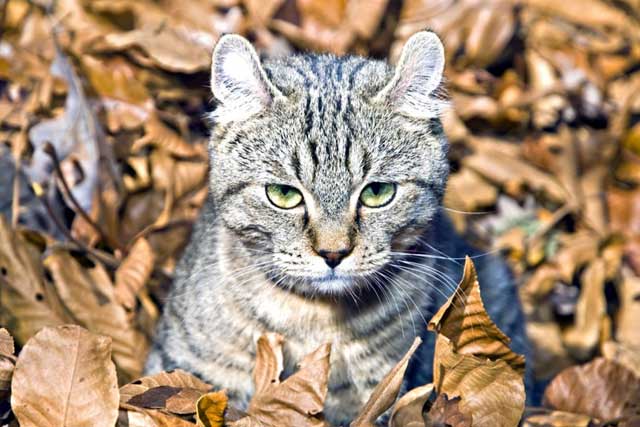
A snout elongated shape, eyes are large and oval, with an intelligent and lively expression. Very meek and affectionate, always next to their master.
Ears are not always easy to see because they are immersed in tufts of hair and sometimes even folded back. Another typical feature of this breed concerns the tail which is much shorter than usual, it can measure only a few centimeters.
Its origins are uncertain; among experts, this hybrid was born from the crossbreed between an American Curl and a lynx. The American Curl is a beautiful cat breed that comes in two varieties: long-haired and short-haired. Its coat is very thick in a single color but can also be multicolored or marbled.
4Desert Lynx
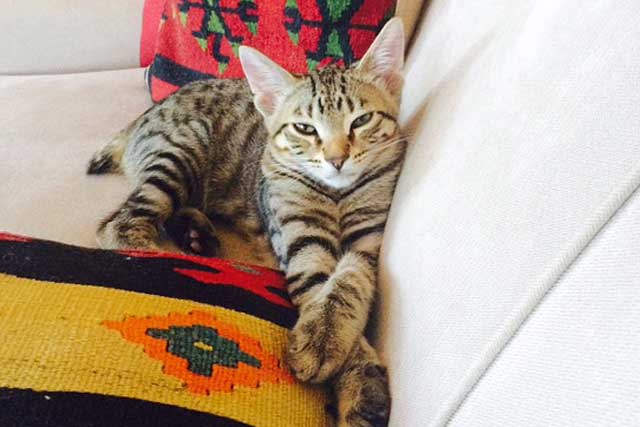
In a bid to breed a cat that combined the dashing wildcat look of the bobcat with tamer, more domestic sensibilities, a number of other feline breeds were mixed to create the Desert Lynx.
It's a medium-sized cat, weighing between eight and 16 pounds, with females often smaller than males.
Considered a totally tame and playful cat at times more like a dog than a cat, it is a very sociable cat that forms lasting bonds with loving humans in their life.
3Cheetoh
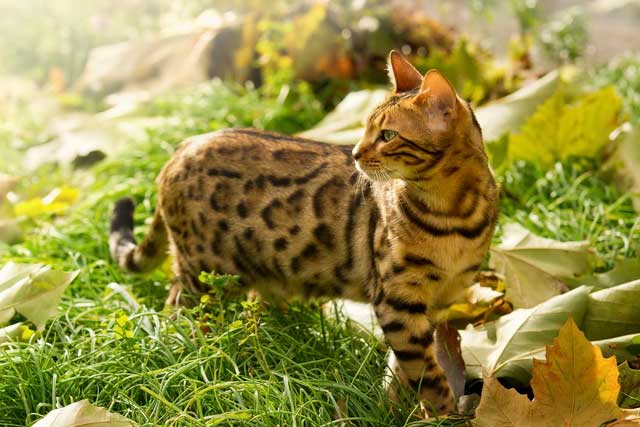
Created in the United States through Ocicats and Bengal by a woman named Carol Drymon in 2001, the result was a cat that resembled a small cheetah or leopard.
Unlike other breeds, males often display a maternal side to their natures when they are around younger cats and kittens.
Soft and silky coat, lots of spots and streaks, very affectionate with humans and especially with children ...
They are very curious and suffer from loneliness ... they are therefore suitable for those who stay a lot at home who can dedicate the precious time they expect to ...
2Chausie
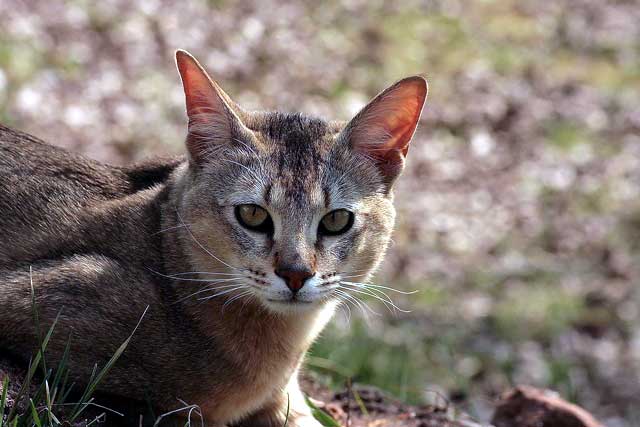
Obtained from the crossbreeding of a domestic cat with a jungle cat; Chausie's also known as Stone Cougar, Mountain Cougar, and Jungle Curl.
This cat has a slender shape and an athletic physique: the long legs allow them to perform incredible jumps, qualities they have inherited from the jungle cat, which is able to jump up to 2.5 m vertically.
Intelligent, playful, affectionate, and faithful, with a gregarious character and a lover of company, both human and feline. Even with dogs he seems to demonstrate good relations, he can suffer from loneliness and for this reason, he should not be left alone.
1Bengal cat
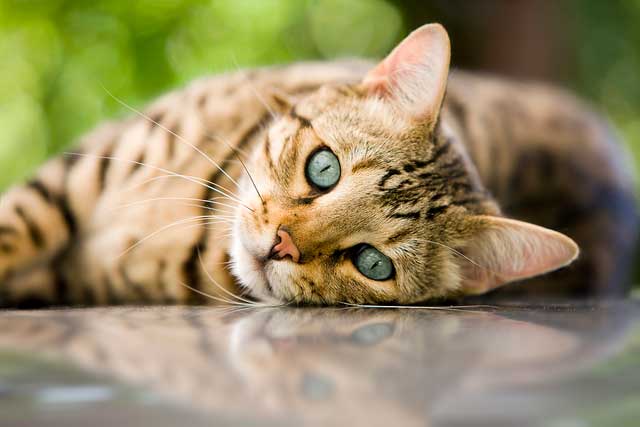
No longer considered a hybrid, but seen as a true breed ... one of the most known and appreciated ...
Obtained from the crossbreeding of a domestic cat with a wild feline: the leopard cat.
In 1963, Jean Sudgen decided to mate her Asian leopard cat, with a domestic cat, ten years later, Dr. Centerwall redid the crossbreeding but with the aim of studying feline viral leukemia. Aim not achieved, but he came out the Bengal cat.
Sweet, intelligent, affectionate, curious, and active, he gets along well with both humans and other animals, even with children; he has not completely lost his predatory instinct and likes to climb, stand up, hunt.
This means that the Bengal cat needs space, for play and to be secluded: it adapts to life in an apartment, but it's better to leave it a corner of its own, where it can stretch its muscles and sharpen its nails.
The Bottom Line
Tip: Oftentimes an owner cannot handle the activity level, size and often destructive behavior of these exotic cat breeds. So be careful and think it through before jumping into ownership of an exotic cat breed.
References
- [1] ^ YouTube: Meet the Designer Cats with Wild Blood
- [2] ^ The Spruce Pets: Hybrid Cats That Evoke Their Wild Cousins
You May Also Like
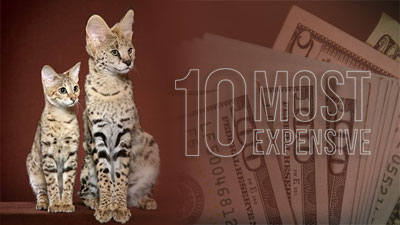 Ranking ListsTop 10 Most Expensive Cat Breeds in the World
Ranking ListsTop 10 Most Expensive Cat Breeds in the World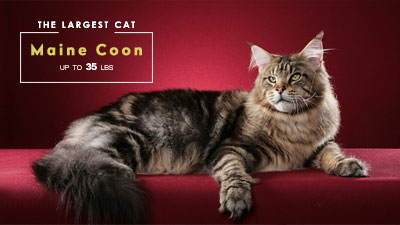 Ranking Lists10 Largest Domestic Cat Breeds (Ranked)
Ranking Lists10 Largest Domestic Cat Breeds (Ranked)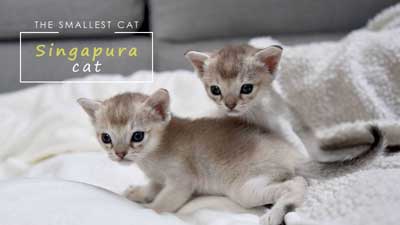 Ranking Lists10 Smallest Domestic Cat Breeds (Ranked)
Ranking Lists10 Smallest Domestic Cat Breeds (Ranked)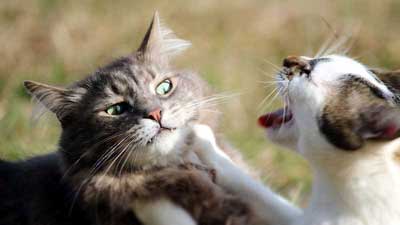 Breed Reviews10 Most Aggressive Domestic Cat Breeds
Breed Reviews10 Most Aggressive Domestic Cat Breeds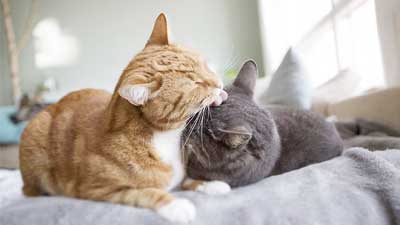 Breed ReviewsThe 8 Least Aggressive Cat Breeds (Gentle Cat Breeds)
Breed ReviewsThe 8 Least Aggressive Cat Breeds (Gentle Cat Breeds)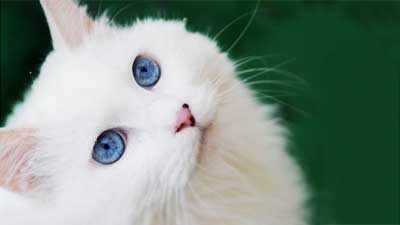 Breed Reviews10 Cat Breeds with Blue Eyes That Are Beyond Beautiful
Breed Reviews10 Cat Breeds with Blue Eyes That Are Beyond Beautiful